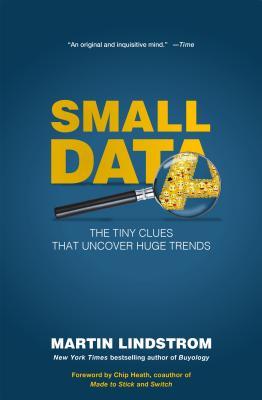What do you think?
Rate this book


256 pages, Hardcover
First published February 23, 2016
We all have multiple ages inside of us. The first is our actual physical, chronological age. Then there's our inner age, the age we feel emotionally inside...for most people, this age is anywhere from 18 to 26....In my experience, our inner age is directly connected to the first time we felt liberated and on our own. It could be when we left for college, or moved into our first apartment, or bought our first car. I opened up my own advertising agency when I was 12 years old, and not surprisingly, most of the time I still see the world from the perspective of a 12-year-old. A 47-year-old man I know once told me his inner age was 40. When I asked him to explain, he told me that only when he met and married his wife, and the two of them moved into their dream home (right around his fortieth birthday) did he feel truly liberated.
Brandurile care ne plac, pe care le cumpărăm și cu care ne înconjurăm – și până acum ați aflat că eu numesc „brand” orice, de la muzica pe care o ascultăm, până la pantofii pe care îi purtăm, la așternuturi, pastă de dinți, tablourile atârnate de pereți – toate au de spus cele mai profunde lucruri despre cine suntem.